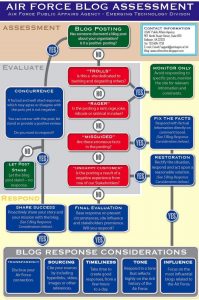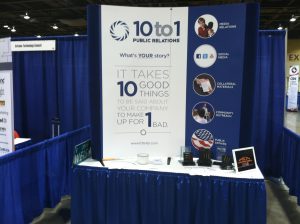What legacy do you choose to forget, or simply to ignore? As I write this, Kobe is playing his last basketball game as a pro. Media are praising his career. There are lots of celebrity tribute videos and he’s taking his victory lap of interviews in closing his 20-year career.
But do you remember Kobe’s original story? The one created June 30, 2003?
As a 19-year-old new player in the league with a wife and six-month-old child, Kobe Bryant arrived at the Cordillera Lodge and Spa in Edwards, Colorado where he allegedly raped a hotel worker. He admits to adultery with a female hotel worker but denies the woman’s claim saying it was consensual. After Kobe’s attorneys attacked and blamed the victim, she ultimately stopped cooperating with prosecutors and the charges were dropped. She settled for an undisclosed amount of money.
So how did we get to today’s version of the story where everyone is praising him? How does a person or a company repair and move past the early pages of a tarnished legacy?
An important component comes down to unswerving, ongoing public relations. Rebuilding legacy and changing a story doesn’t happen quickly, it happens through consistency.
Part one is taking a public position and standing your ground. Kobe acknowledged being unfaithful to his wife, but always insisted it was consensual. Instead he let his lawyers do the attacking and talking. Since he said nothing new, it limited the number of stories on the subject.
Equally important, in the months and years that followed, no new public allegations were made. Think of it this way. I heard a story about a person trying to recover from an addiction. The first time someone leaves rehab, their friends will often support and stand by them. But if they relapse many of those same friends won’t be supportive the second time around.
As far as we know, Kobe didn’t relapse. In the years that followed he didn’t give the media any excuse to bring back the Denver accusation to remind the public. And of course, he kept winning and championships were on the line so no one wanted to rock the boat. Now, an entire generation has no idea the rape allegation ever occurred.
All that said, in today’s media climate I’m not sure he’d be able to escape the initial media onslaught, never giving him the time or opportunity to recreate his legacy. The NBA did little or nothing at the time, but in 2016 it would be hard for the NBA to not take a hard stance at the onset. Just ask the NFL in light of the many assault incidents such as Ray Rice and others.
Ironically, I’m also currently watching the Golden State Warriors win their 73rd regular season game—a new record. During the same game, their MVP Steph Curry surpassed 400 three-pointers in a single season. Shattering his own impressive record from last year which was just under 300 three-pointers.
By all accounts, Curry is obviously a great player and has that good-guy on and off the court image. I would expect his legacy of today will remain his legacy tomorrow. Ultimately it will depend on his future performance, but also his on and off the court actions and how he’s perceived for those actions. Just ask O.J. Simpson, Lance Armstrong or Bill Cosby what it’s like going from “hero” legacy to “villain” legacy.
Oh, and in case you’re wondering… Kobe scored 60 in his last game and the media can’t stop gushing and praising him.


